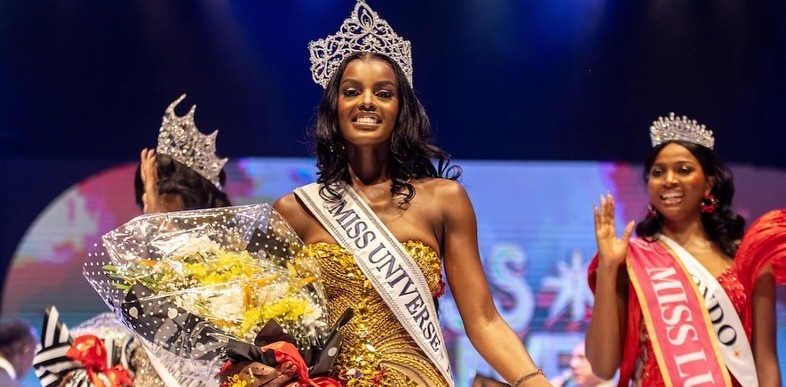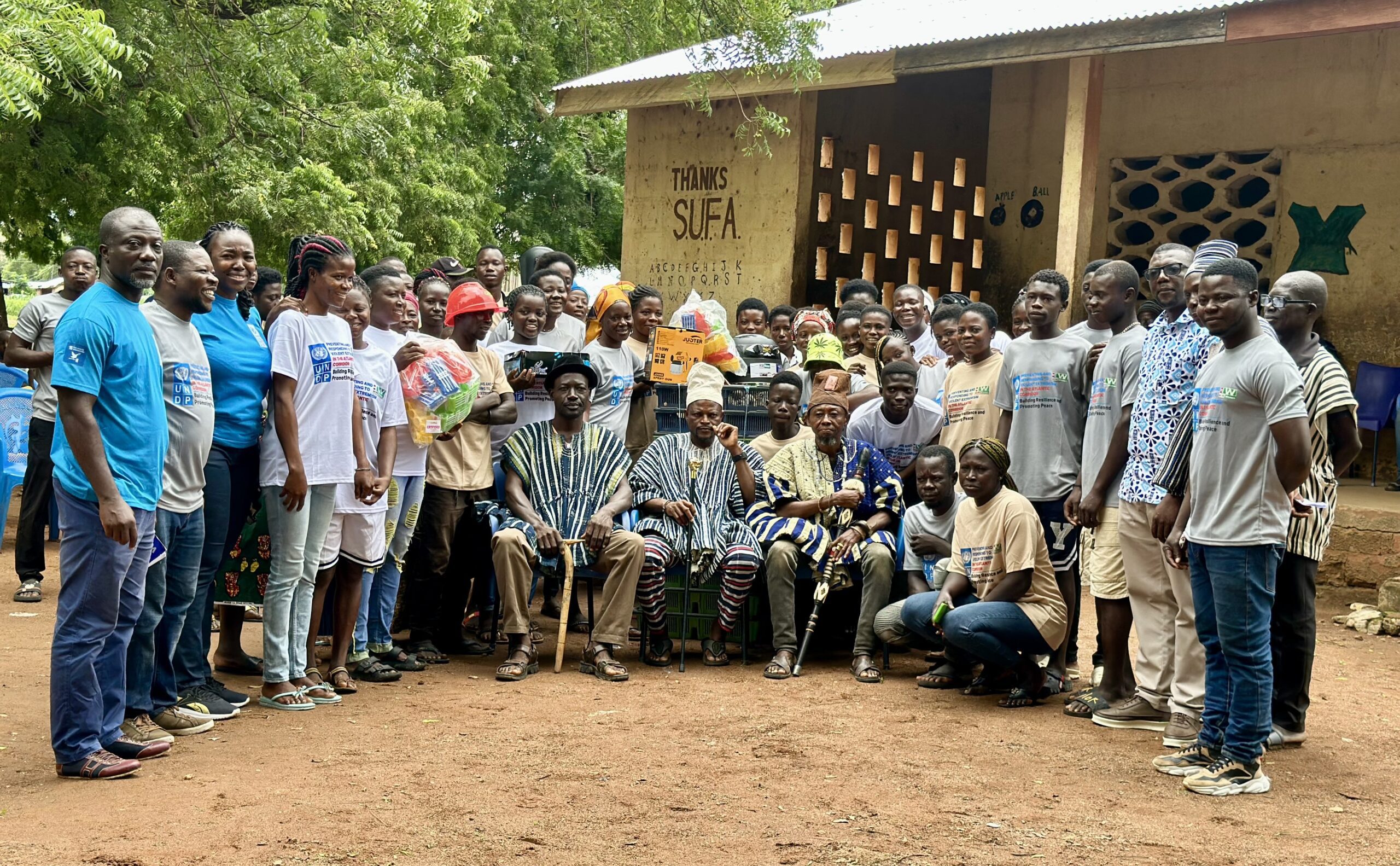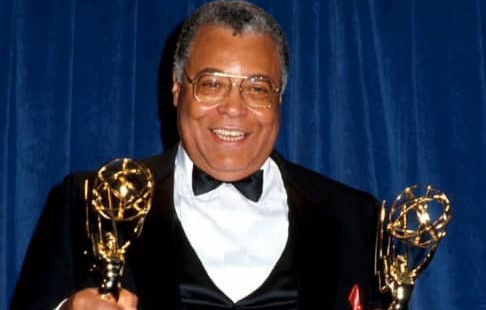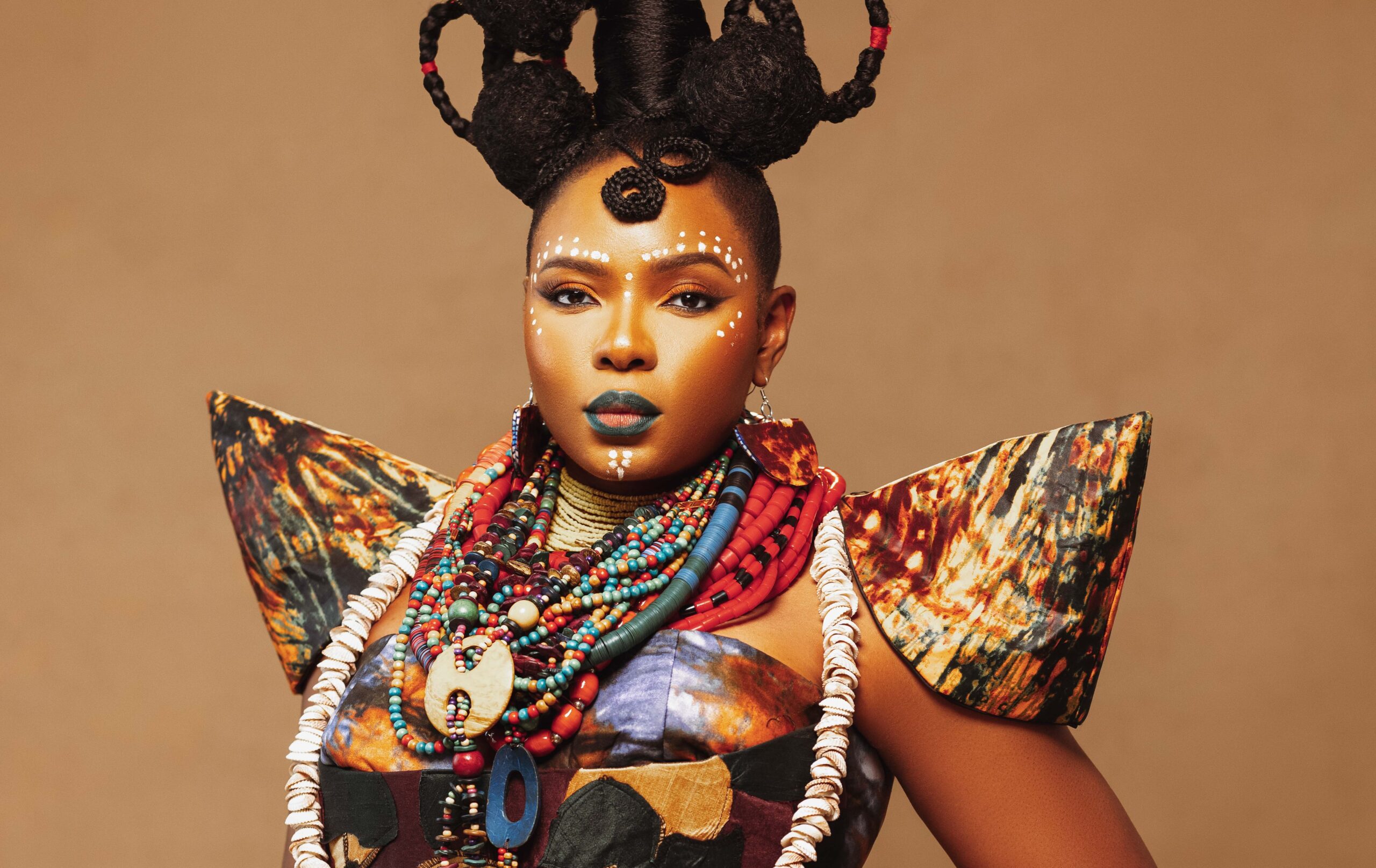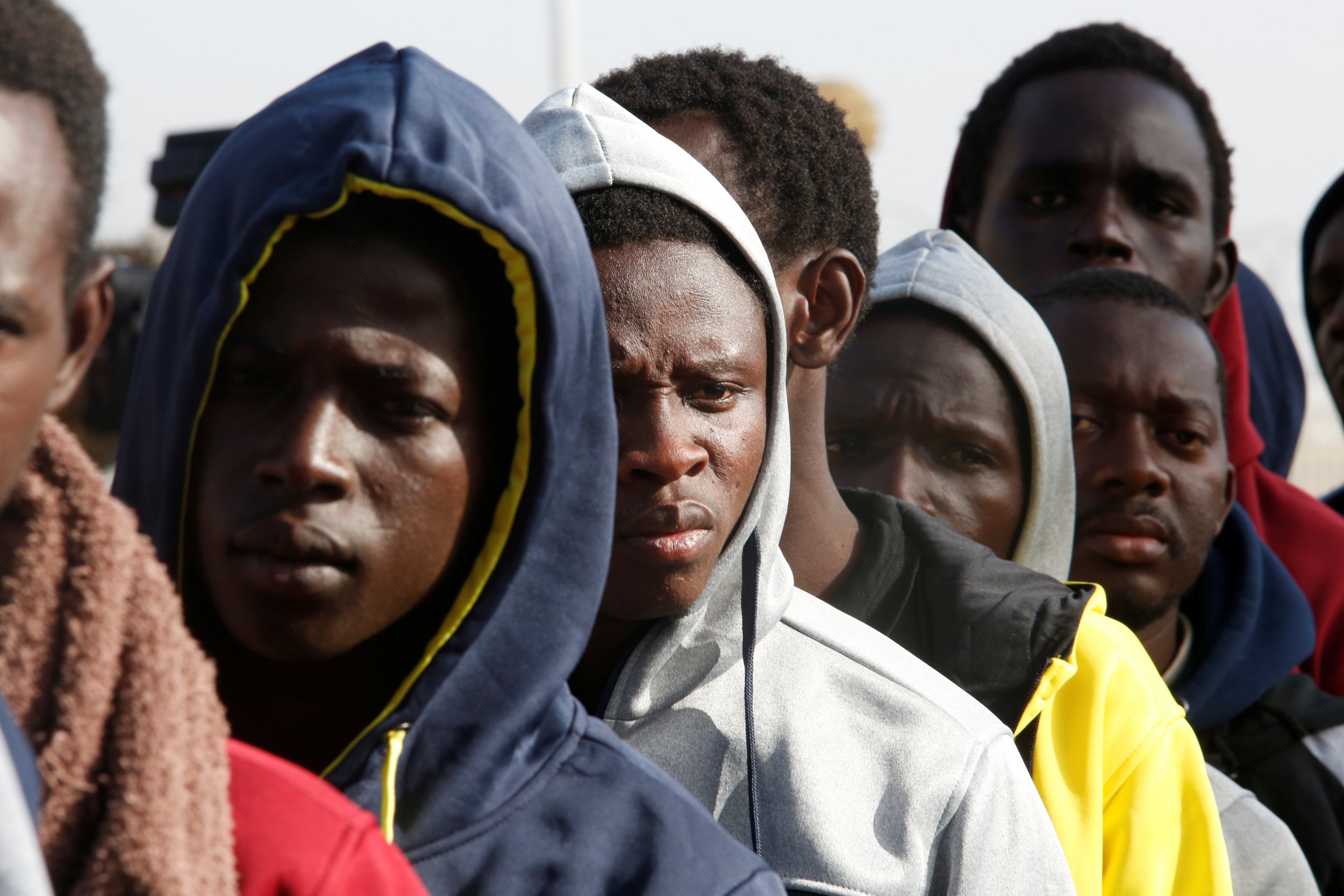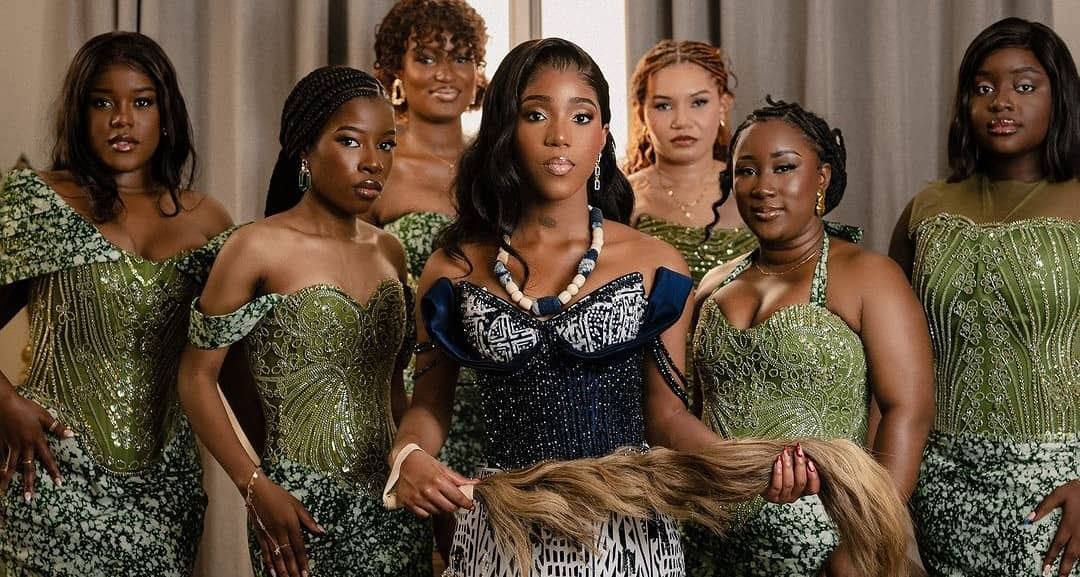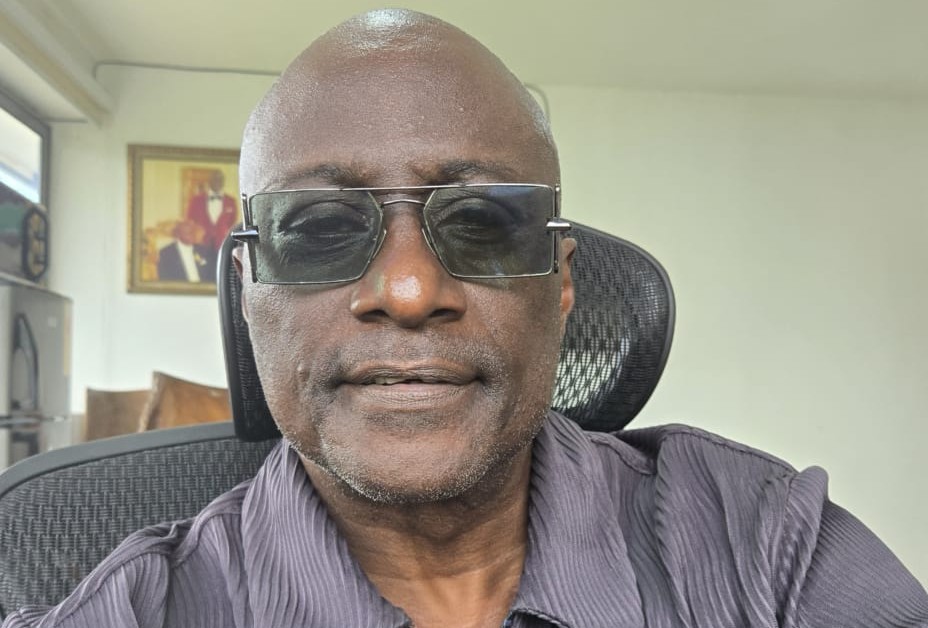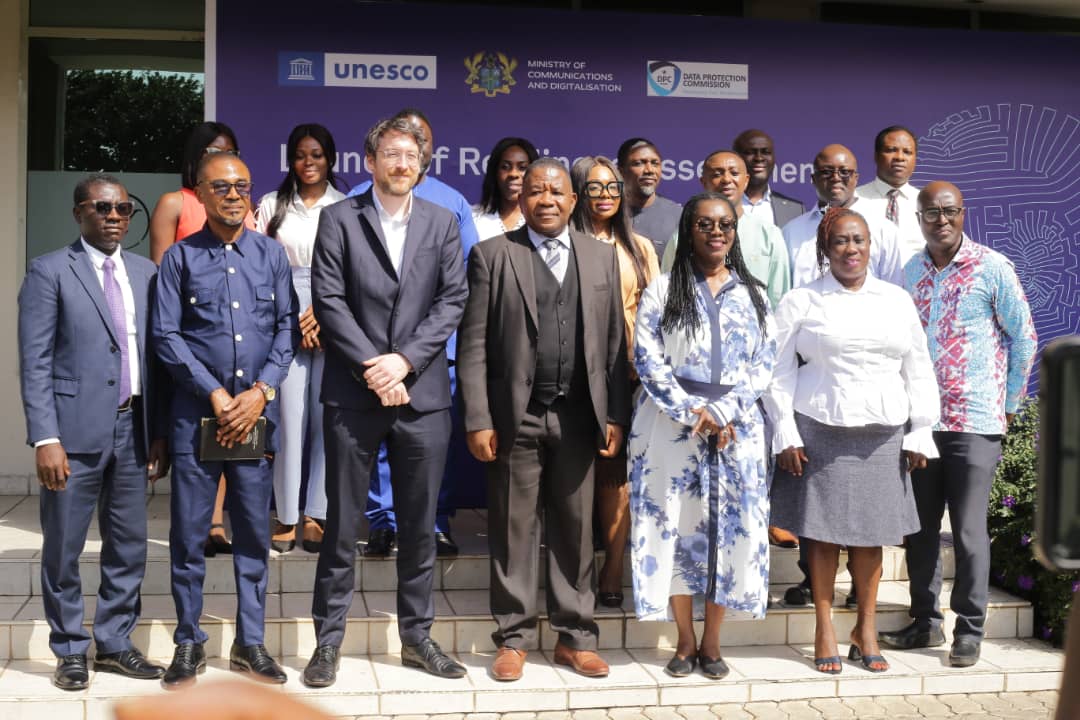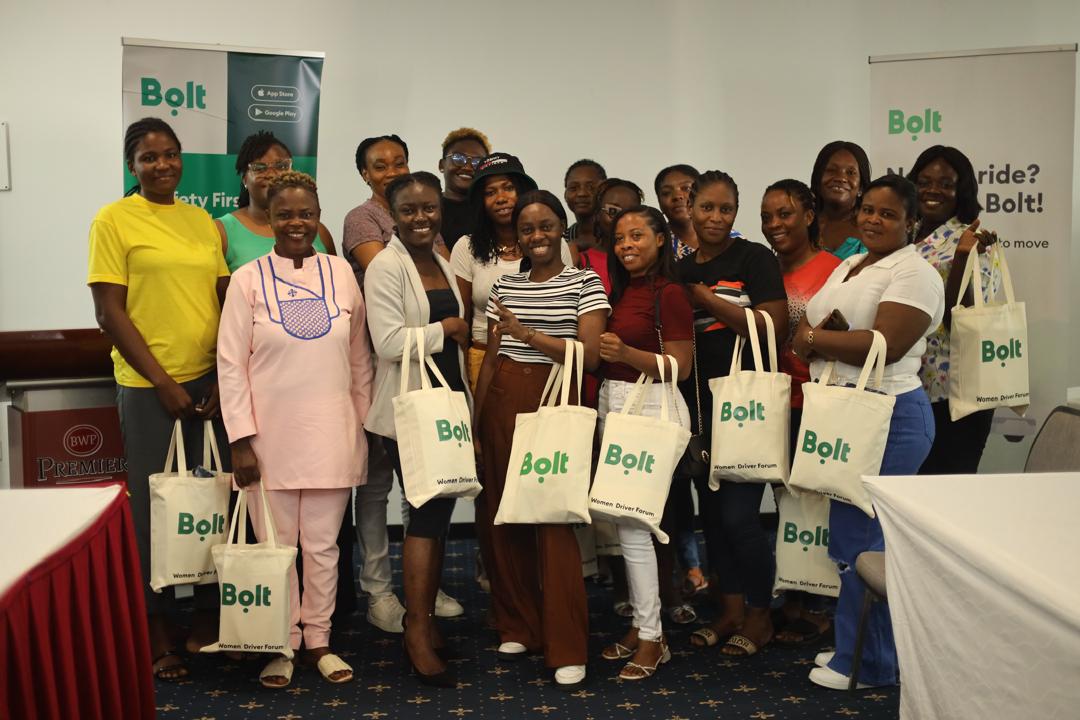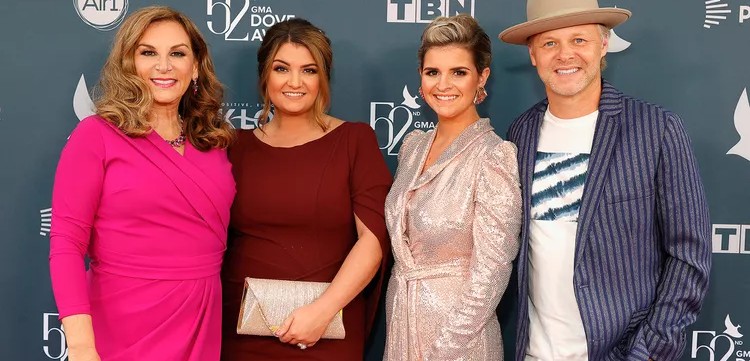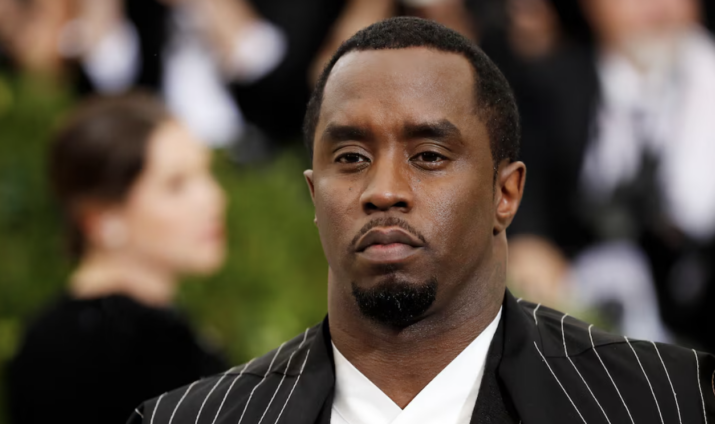Bridging Generational Gaps in the Workplace
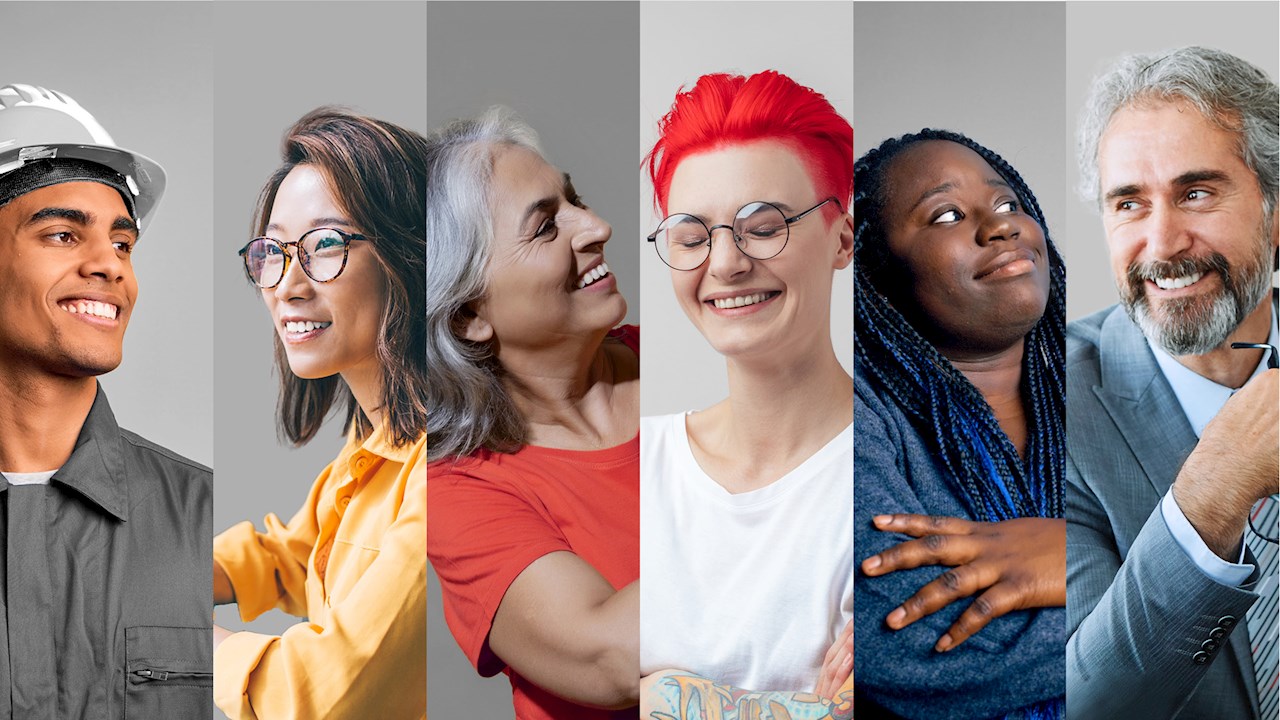
Source: Ghanaija
In the bustling heart of Nairobi, Kenya, lay the headquarters of AfriTech Solutions, a leading technology company known for its innovative software solutions and its dynamic, diverse workforce. The company prided itself on fostering a multicultural and multigenerational team, which was seen as both a strength and a challenge.
The Diverse Team
The company was led by Fatima, a visionary CEO in her early fifties, who had witnessed the evolution of technology from its rudimentary stages to the sophisticated era of artificial intelligence. Her leadership was complemented by seasoned managers like Kwame, a charismatic leader in his late forties from Accra, Ghana, and Ndidi, a strategic thinker in her forties from Lagos, Nigeria. They brought a wealth of experience and a deep understanding of the African market to the table.
However, the core of AfriTech’s workforce was significantly younger. There were vibrant and ambitious millennials like Amina from Dar es Salaam, Tanzania, and Thabo from Johannesburg, South Africa, both in their late twenties, who were tech-savvy and eager to drive change. Even younger were the Gen Z employees, like Nia from Addis Ababa, Ethiopia, and Kofi from Kumasi, Ghana, who brought fresh perspectives and a natural affinity for the latest technological trends.
The Challenge
As AfriTech Solutions continued to grow, the generational differences within the company began to surface. Fatima noticed that while the younger employees brought energy and innovation, they often clashed with the older generation’s structured approach to work. This led to misunderstandings and occasional conflicts, which threatened to disrupt the harmony and productivity of the team.
One morning, Fatima called a meeting with her senior managers, Kwame and Ndidi, to address the issue. “We need to find a way to bridge the generational gaps in our workplace,” she said. “Our strength lies in our diversity, but we need to harness it effectively.”
Kwame nodded in agreement. “I’ve noticed that our younger employees have fantastic ideas, but they sometimes lack the patience to see them through. They could benefit from the wisdom and experience of our older staff.”
Ndidi added, “And our older employees need to be more open to new ways of thinking and working. It’s a two-way street.”
Initiating the Change
Determined to foster a more cohesive work environment, Fatima decided to implement a series of initiatives aimed at bridging the generational divide. She began by organizing a workshop focused on generational differences, facilitated by an expert in organizational behavior.
The workshop brought together employees from different age groups and encouraged them to share their perspectives on various aspects of work, such as communication styles, expectations, and values. Through open dialogue, they began to understand the root causes of their differences and discovered common ground.
Amina, the millennial from Tanzania, spoke passionately about her desire for quick feedback and continuous learning opportunities. “We grew up with technology at our fingertips,” she explained. “We’re used to instant information and rapid change. We need constant engagement and opportunities to grow.”
Kwame, representing the older generation, responded thoughtfully. “I understand your need for speed and innovation. But sometimes, the best solutions come from a careful, deliberate process. There’s value in taking the time to think things through.”
Building Bridges
Following the workshop, Fatima introduced a mentorship program where experienced employees like Kwame and Ndidi were paired with younger staff members. The program aimed to facilitate knowledge transfer and build mutual respect. Kwame was paired with Thabo from South Africa, while Ndidi mentored Nia from Ethiopia.
Through the mentorship program, Thabo learned the importance of strategic planning and patience from Kwame. “Kwame’s guidance has been invaluable,” Thabo admitted. “I’ve realized that not every problem needs an immediate solution. Sometimes, taking a step back and analyzing the situation leads to better outcomes.”
On the other hand, Nia introduced Ndidi to new digital tools and platforms that could streamline their workflow. “Nia’s enthusiasm for technology is infectious,” Ndidi said. “She’s shown me how we can leverage new tools to improve efficiency and stay ahead of the curve.”
Fostering Collaboration
To further promote collaboration, Fatima initiated cross-generational project teams. These teams were tasked with developing innovative solutions for the company’s clients, blending the creativity and technological prowess of the younger employees with the experience and strategic insight of the older staff.
One such project team, comprising Amina, Kofi, Kwame, and Ndidi, was assigned to develop a new mobile application for a major client. The team faced initial challenges as they struggled to align their working styles and expectations. However, as they began to appreciate each other’s strengths, they found a rhythm that worked for everyone.
Amina’s knack for user experience design and Kofi’s coding skills complemented Kwame’s strategic vision and Ndidi’s project management expertise. Together, they developed an application that not only met but exceeded the client’s expectations. The success of the project was a testament to the power of collaboration across generations.
Embracing Continuous Learning
Recognizing the need for continuous learning and development, Fatima also introduced regular training sessions and workshops on emerging technologies and industry trends. These sessions were designed to keep all employees, regardless of age, updated and competitive in the fast-paced tech industry.
The training sessions were well-received, especially by the older employees who appreciated the opportunity to upskill. “It’s never too late to learn,” Kwame remarked. “These sessions have helped me stay relevant and contribute meaningfully to our projects.”
Celebrating Diversity
To celebrate the diversity within AfriTech Solutions, Fatima also organized cultural exchange events where employees could share their traditions, foods, and stories. These events fostered a deeper understanding and appreciation of each other’s backgrounds, further strengthening the bonds within the team.
One such event was a pan-African potluck, where employees brought dishes from their respective countries. Amina delighted everyone with her Tanzanian pilau, while Thabo introduced them to South African bobotie. The event was a resounding success, filled with laughter, music, and a sense of camaraderie.
The Outcome
Over time, the initiatives implemented by Fatima began to bear fruit. The workplace atmosphere at AfriTech Solutions became more harmonious, and the employees, regardless of their age, felt valued and respected. The collaboration between different generations led to innovative solutions and improved productivity.
Fatima’s leadership and the collective effort of her team had successfully bridged the generational gaps, turning potential conflicts into opportunities for growth and innovation. AfriTech Solutions continued to thrive, not just as a leading technology company, but as a model of how embracing generational diversity could lead to a stronger, more dynamic organization.
In the heart of Nairobi, AfriTech Solutions stood as a beacon of unity and progress, demonstrating that when different generations come together, they can achieve remarkable things. And as the sun set over the city, the future of AfriTech Solutions looked brighter than ever, powered by the collective strength of its diverse and talented workforce.


